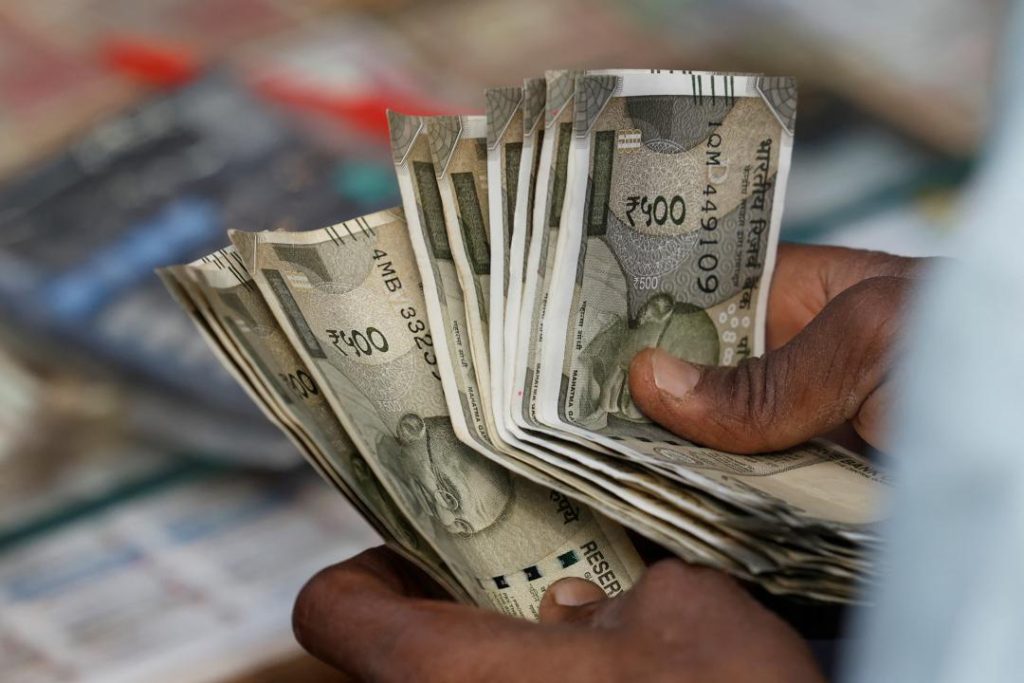
What Got Cheaper and Costlier in March as CPI Falls to 67-Month-Low of 3.34%?
India’s retail inflation, as measured by the Consumer Price Index (CPI), fell to a 67-month-low of 3.34% in March, according to data released by the government. This significant decline in inflation rates is a welcome respite for consumers, who can now breathe a sigh of relief as prices of essential commodities stabilize. But what exactly got cheaper and costlier in March? In this blog post, we’ll delve into the details of the latest CPI data and explore the trends that emerged.
Decline in Prices of Essential Commodities
Several essential commodities saw a significant decline in prices in March. Eggs, for instance, became cheaper by 16.4% year-on-year, followed by a 13.1% decline in vegetables and a 10.3% drop in pulses. These declines are a result of improved agricultural production, favorable weather conditions, and effective supply chain management.
Other commodities that saw a marginal decline in prices include spices, meat, fish, and housing. Recreation and amusement expenses, too, became cheaper by 3.1% year-on-year. These trends indicate that the government’s efforts to boost economic growth and stabilize prices are yielding positive results.
Rise in Fruit Prices
However, not all fruits were as fortunate. Fruit prices saw a significant jump of 14.4% year-on-year, making them one of the most expensive categories in March. This increase is attributed to factors such as supply chain disruptions, transportation costs, and changes in global market trends.
Marginal Rises in Other Commodities
Several other commodities saw marginal rises in prices, including cereals, milk, oil, sugar, confectionery, clothing, snacks, sweets, pan, tobacco, footwear, fuel, and health and education expenses. These increases are largely attributed to factors such as global price trends, transportation costs, and supply chain disruptions.
Impact on Consumers
The decline in prices of essential commodities is a welcome respite for consumers, who can now enjoy lower prices for their daily necessities. The cheaper prices of eggs, vegetables, and pulses, in particular, will have a significant impact on the daily lives of millions of Indians.
For low-income households, the decrease in prices of these commodities will mean a significant reduction in their monthly expenses. This, in turn, will help them allocate their resources more effectively, invest in education and healthcare, and improve their overall quality of life.
Conclusion
India’s retail inflation falling to a 67-month-low of 3.34% is a significant achievement for the government, which has been working tirelessly to stabilize prices and boost economic growth. The decline in prices of essential commodities, particularly eggs, vegetables, and pulses, is a welcome respite for consumers, who can now enjoy lower prices for their daily necessities.
While some commodities, such as fruit, saw a significant jump in prices, the overall trend indicates that the government’s efforts to boost economic growth and stabilize prices are yielding positive results. As we move forward, it will be essential for the government to continue its efforts to improve agricultural production, streamline supply chains, and promote economic growth.
Source:






